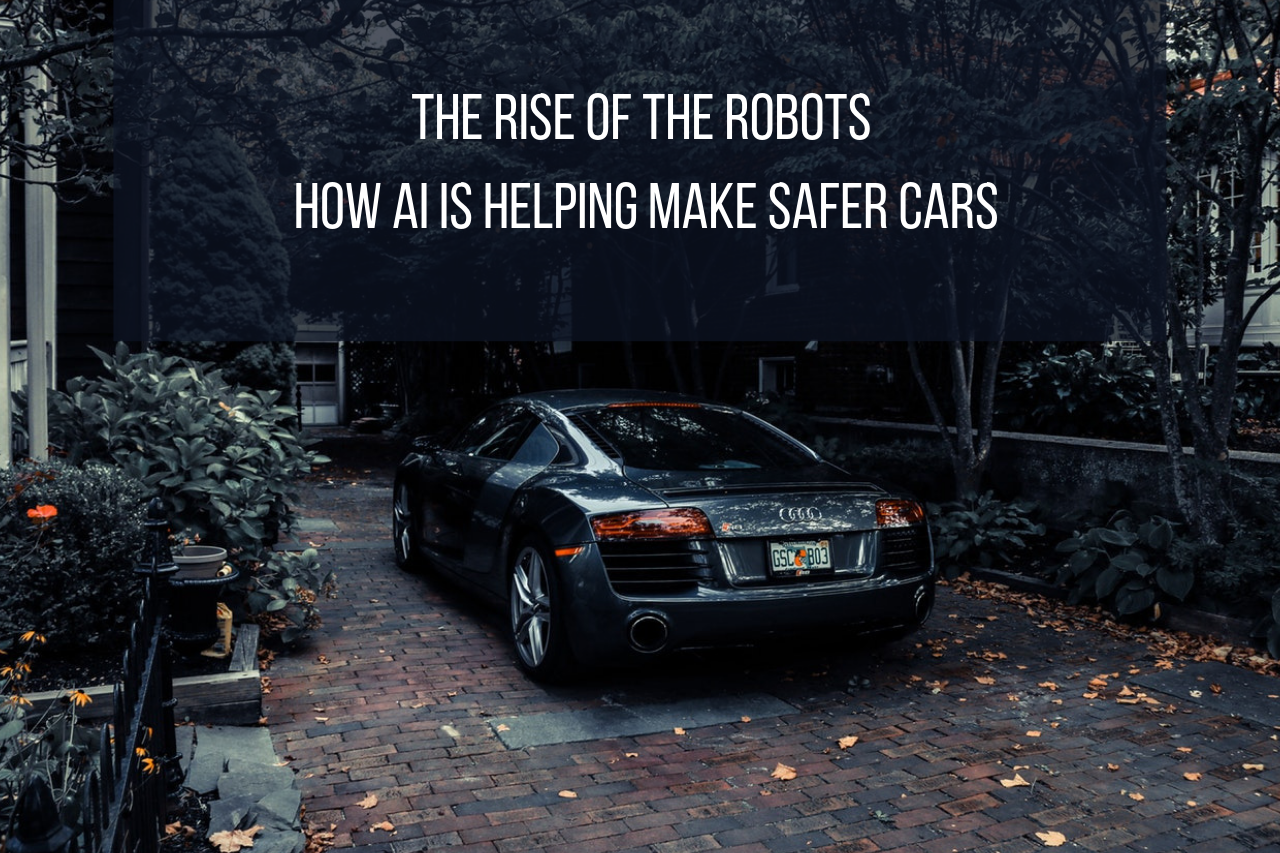The assembly line has long been considered the most important innovation in the manufacture of automobiles, but it could soon find its throne threatened by a new contender.
The advent of artificial intelligence looks to fundamentally change the industry both in terms of how cars are manufactured and what they do.
Both on the road and in the factory, artificial intelligence is beginning to uproot standards that have been established since the days of Henry Ford.
A History of Orderly Manufacturing
The history of the automobile industry can largely be defined as a steady and calculated evolution towards higher degrees of efficiency. Henry Ford is regarded as the godfather of the business for good reason. While Oldsmobile founder Ransom Eli Olds is responsible for the idea behind the assembly line, it would be Ford who perfected it.
Taking inspiration from the slaughterhouse industry, Ford’s highly segmented system of car manufacturing reduced the time it took to construct a car from about 24 hours to two and a half; and by decreasing the cost of cars by more than half, he turned a luxury item into something far more affordable.
Improvements made to the assembly line system have been largely iterative rather than revolutionary in the intervening centuries, but Toyota created a higher order sense of structure to the overall business model through the integration of the Toyota production system.
This lean methodology of production is designed with the intention of maximizing all the resources available and minimizing as much waste as possible. Since then, manufacturers have been engaged in something of a cold war of how to produce cars in the leanest manner possible so that they can keep their rates competitive, and one of the biggest changes facilitating this philosophy is the rise of artificial intelligence.
These innovations are largely focused on making safer cars without sacrificing the productivity of the assembly line structure in the process.
A Smarter Production Line
It’s a well-regarded notion in the automobile manufacturing industry that the assembly line process has a tendency to create bored and disengaged workers, but many of the more tedious jobs that humans have previously had to do themselves are becoming increasingly automated by artificial intelligence.
A.I. is taking front and center stage on the factory floor, and it can more accurately assess the safety of vehicles rolling off the assembly line by minimizing the risk of human error from fatigue or boredom.
This will take the form of AI that’s integrated into the quality assurance process. Sensors and algorithms can constantly monitor equipment in a way that humans alone can’t, reducing the risk of defects that lead to human injury and mandatory recalls. The amount of data that these algorithms can process dwarf what humans can accomplish in terms of scale and makes it much easier to identify errors in these vast seas of data.

Photo by Paritosh Soren from Pexels
It’s a preventative approach to maintenance that has until now been unheard of in the business, and it could reduce maintenance costs by a tenth and inspection costs by a quarter.
And while this quality control approach could result in accurate detection of defects on a level nearly double of what humans can accomplish alone, it could also have a meaningful impact on the industry’s bottom line.
A research report estimates that QA driven by artificial intelligence could reduce excess inventory by half, a benefit that plays well into the lean manufacturing model that’s long defined industry standards.
Making Safer Drivers and Safer Roads
While the manufacturing process itself is becoming safer due to the implementation of artificial intelligence, these technologies can be beneficial even after a car rolls off the assembly line.
While driverless cars have yet to hit the market in any meaningful way, A.I. assisted technologies are already being incorporated into the vehicles of today.
An Israeli startup by the name of eyeSight makes use of deep learning algorithms and sophisticated cameras that can monitor a driver’s behaviors to determine if they’re tired or distracted or provide contextual information on the heads-up display relevant to where the driver’s line of sight is focused. It can even shift the deployment of airbags depending on the posture of drivers and passengers in the case of an accident.
There are plenty of indications that the cars of the future will be connected to the cloud, making use of hundreds of sensors to more effectively alert drivers about necessary upcoming maintenance.
Volkswagen and Microsoft have already signed a partnership that could transform VW’s vehicles into a service-based business rather than a conventional retail company.
But further on the horizon are even more exciting prospects.
Autonomous cars can create a less stressful and more orderly experience for drivers, but similar artificial intelligence could also radically change the transportation structure of cities on a grand scale.
NVIDIA is betting big on the notion of “smart cities” built around the connected nature of autonomous and cloud-connected cars through their Metropolis project.
By connecting all of a city’s camera systems to a single hub, Metropolis allows technicians to respond to the traffic demands in an urban environment: adjusting the rate at which signals change according to pedestrian and automotive traffic and providing drivers with accurate information on available parking in their area.
It can be hard to predict where the future will take us, but it seems likely that the automotive industry will look very different in a decade. Whatever form the future of the industry takes, artificial intelligence is sure to play a major role.


























Leave a Reply